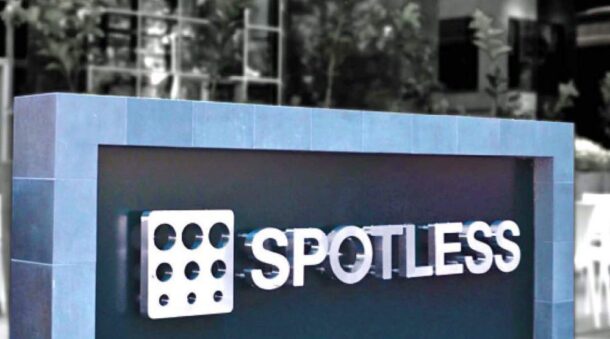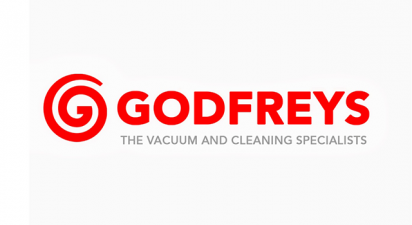
Although I rarely use the expression, many contractors in different industries have what they call a “bid-hit ratio”.
Essentially, this involves comparing how many bids the contractors submitted against how many they won—that is, the “hit”.
There is no average bid-hit ratio. Some contractors will submit 10 bids and only get one hit and assume that is about right. Others will submit five bids and get two hits, which is about what they expected.
In either case, most contractors think the reason they do not win those other bids is that another contractor came in with a lower price.
Let me set the record straight about this. Having been on both sides of the fence—as the facilities manager at Walt Disney Company in California and over decades working with contractors in the professional cleaning and other industries – I know for a fact that most facility managers do not choose cleaning contractors by simply selecting the low bidder.
Yes, many managers have indeed come to believe cleaning contractors are necessary commodities and are all about the same. They believe contractors perform – and the customer can expect – about the same quality of work.
In such a scenario, the manager is already setting up a no-win scenario. The manager selects the low bid even though they know eventually there will be problems.
Typically, either the quality of work slacks off or the contractor gives the customer a price increase. When this happens, the customer looks for the next low bidder, beginning the “revolving door” process, which happens again and again.
However, astute facility managers have learned how to avoid this. They want to hire a quality service provider. They want them to stay.
Further, they want them to become a significant part of their business operations. As far as price, if the bid is exceptionally low an astute facility managers would view that as a cause for concern.
So, if they are not looking at price, what are these more judicious facility managers looking for? The answer is benefits. They are looking to see how your company will benefit their business operation in one or a variety of ways.
Highlighting the benefits to the client will help make one contractor’s bid rise above all the others. Now, not only is the contractor no longer a ‘commodity’ in the eyes of the client; the contractor also has a far more profitable account, one worth keeping for as long as possible.
Understanding features and benefits
One of the things I do when I first start working with a cleaning contractor to improve the firm’s business results is visit the company’s website.
What I see on the site often tells me a great deal about how this company markets its services and what it includes in its bid packages. I use that information to formulate a marketing plan moving forward. For instance, if the site includes one or more of the following, I know changes are needed:
- We are 30 years old
- We are a mum-and-dad company
- We practice green cleaning
- We use the newest cleaning equipment
- We hire professional cleaning workers.
These are all features. They may be interesting. They may tell the customer a bit more about you and your company. But they do not describe the benefits your potential client is looking for.
In some cases, these features can even work against you. For example, some customers are not interested in hiring a cleaning company that is 30 years old. They prefer newer firms, ones that are anxious to build their company along with their name and reputation.
Although you can still mention these features on your website and in your bid packages, you need to take them a step further and show how they can be a benefit to the customer.
Let’s take a closer look at some of these features and see how they might benefit the customer and potentially improve your bid-hit ratio.
“We are 30 years old”
Benefit: During this time, we have cleaned and maintained facilities in a variety of different industries. We have learned what types of cleaning and maintenance these facilities need and know how to address issues and situations as they come up with proven solutions and help prevent the same situation from being repeated.
“We are a mum-and-dad company”
Benefit: With us, you are not just another customer, you are part of the family. We want every member of our family to be healthy and happy, which will be reflected in the service we provide for you.
“We use the newest cleaning equipment”
Benefit: Newer cleaning equipment is more efficient, is more environmentally friendly, and helps improve worker productivity. With improved worker productivity, our cleaning workers are able to perform more services, more frequently, helping to improve the health and appearance of your facility and helping us keep our costs competitive.
“We practice green cleaning”
Benefit: We now know that some cleaning solutions and equipment used over the years have had a negative impact on the environment. The goal of green cleaning is to reduce this impact and create a healthier facility for you and your building users.
Benefits require listening
Along with focusing on the features of their company and their service, many contractors mistakenly believe all customers are more or less the same and have the same cleaning needs.
This is the reverse of what we discussed earlier, when we mentioned many customers believe all cleaning services are about the same. Customers are not the same. Many will place far more value on a particular benefit a company can offer them than others.
Your job, when evaluating an RFP or when meeting with a potential customer is to listen very carefully to their needs and wants. Invariably, the conversation will turn to what is most important to them. This should be the focus of your bid package.
We should add that a more benefit-focused bid has another advantage. It often creates a sense of urgency. If a customer has taken bids and none stand out – by providing benefits and solutions – it’s very easy for the customer to delay hiring a new cleaning contractor. They may even decide to continue with the current contractor, despite their dissatisfaction.
A bid package filled with the benefits of your service not only stands out but encourages the customer to move forward and hire you as soon as possible.
*Ron Segura is president of Segura Associates.
This article first appeared in the July/August issue of INCLEAN magazine.
Comment below to have your say on this story.
If you have a news story or tip-off, get in touch at info@3.106.117.80.
Sign up to INCLEAN’s newsletter.



